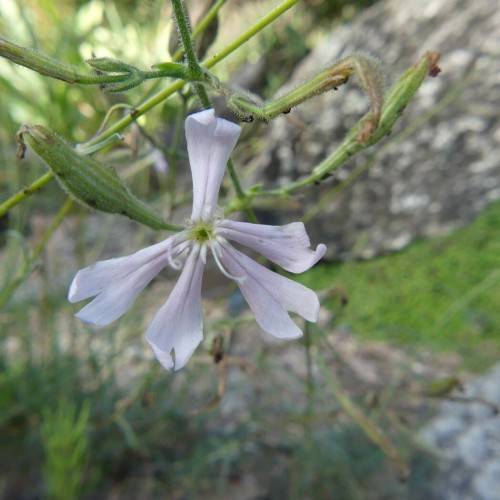
Collins' Rockcress
Boechera collinsii
Watering:
Minimal
Hardiness Zone:
Flowers:
Flowers
Sun:
full sun,part shade
Fruits:
Fruits Ready In Fall
Growth Rate:
Low
Drought Tolerant:
Yes
Salt Tolerant:
Yes
Care Level:
Medium
watering
Red Bulrush should be watered thoroughly and regularly. It should be watered about 2-3 times a week during the summer and early fall months, with more frequent watering during dry spells. During months of low rainfall amounts, it’s best to increase the frequency to at least 3 times a week. It is also important to avoid overwatering Red Bulrush in order to prevent root rot. Always make sure that the soil has enough time to drain and dry out between watering sessions. Additionally, mulching may help to conserve moisture. During the winter, watering can be reduced and done only when the soil is noticeably dry.
sunlight
Red Bulrush (Blysmopsis rufa) is an aquatic plant that prefers to be in full sunlight for optimal growth and health. It performs best in direct sunlight for at least 4 to 6 hours a day. Depending on the season, this may change. In the summer, when the days are longer, Red Bulrush will benefit from more hours of sunlight. In winter, when the days are shorter, it may only need 4 hours of sunlight a day. In addition to the intensity of the sunlight, factors such as the location and surrounding environment can also influence the amount of sunlight the plant will need.
pruning
Pruning of Red Bulrush (Blysmopsis rufa) should take place in late winter or early spring before the plant begins to produce new growth. Pruning should be limited to removing damaged, diseased, or dead plant material. Do not prune more than 1-third of the plant's total growth. Also, avoid pruning plants too close to the base, as this could result in weakening the plant. Additionally, take care not to prune too deeply into the stems, as this too can weaken the plant.
